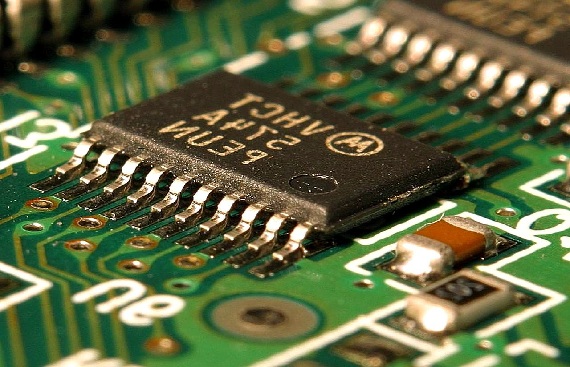Centre to handhold startups in chip design to enhance output
By Team Startupcity | Thursday, 28 April 2022, 04:23 Hrs

The government will work with startups to help them design and develop semiconductors and enable mass production in partnership with global manufacturing majors, minister of state for electronics and information technology Rajeev Chandrasekhar said at the launch of the Digital India RISC-V programme on Wednesday.
The government has set a timeline to commercially roll out the first indigenous chipsets by 2023-24 and future generation of microprocessors under the programme to meet the surging demand in semiconductors in the automotive, mobility and computing segments, Chandrasekhar said.
“One big milestone that I am very focused on is to have the first set of commercial silicon of Shakti and Vega processors available by December 2023 or early 2024. We want at least a few companies to adopt their product designs to DIR-V products Shakti and Vega before 2023-24 and when the silicon is ready, they should start manufacturing and incorporating chips in the products," he said.
The Indian Institute of Technology (IIT) Madras and the Centre for Development of Advanced Computing (CDAC) have developed two microprocessors named Shakti (32 bit) and Vega (64 bit) using open source architecture.
The government has appointed IIT-Madras director professor V. Kamakoti as the chief architect and CDAC-Thiruvananthapuram scientist Krishnakumar Rao as the programme manager of the DIR-V programme.
The DIR-V programme will consolidate and leverage the ongoing efforts in the country with an integrated multi-institutional and multi-location team, finalize the formal architecture and target performance of chipsets, support original equipment makers and design win in India and abroad. The DIR-V initiative is part of the government’s 76,000 crore effort to build a semiconductor ecosystem in the country.
“We also believe that over the next one-and-a-half years, the partnership between the Shakti and Vega teams and overall DIR-V programme with platform companies such as HP, VVDN, and Apple and a large number of companies in the electronic ecosystem will help create design wins around DIR-V family of products Shakti and Vega," Chandrasekhar said.
India will use semiconductors worth $70-80 billion to manufacture electronics products worth $300 billion by 2026, according to the government’s vision document. The Centre is aiming to make the country self reliant in the semiconductor segment, shortages of which has led to an increase in input costs for products and services, in turn leading to increasing inflation. India also aims to build semiconductor fabs and has sought interest from global majors for setting up manufacturing plants in the country, which will entail billions of dollars in investment.
The government earlier said it has received proposals from five firms to set up electronic chip and display manufacturing plants with an investment of â¹1.53 trillion under the Semicon India Programme, which entailed incentives to the tune of â¹76,000 crore. Vedanta Foxconn JV, IGSS Ventures, and ISMC have proposed to set up electronic chip manufacturing plants with $13.6 billion investment and have sought the support of $5.6 billion from the Centre under the â¹76,000 crore Semicon India Programme.

